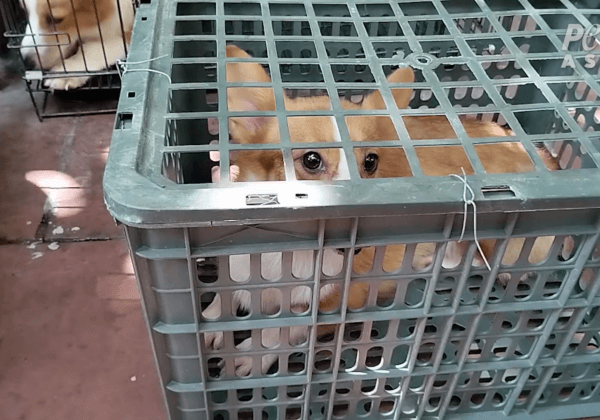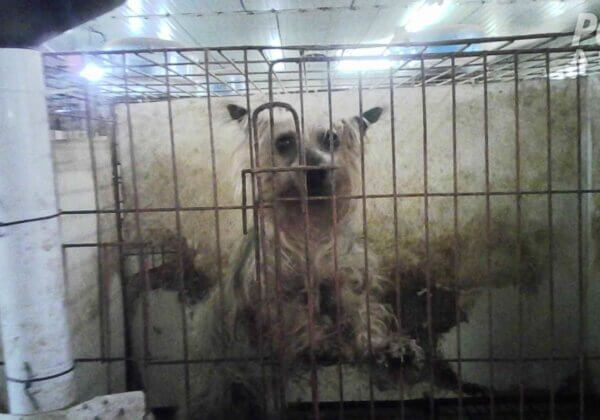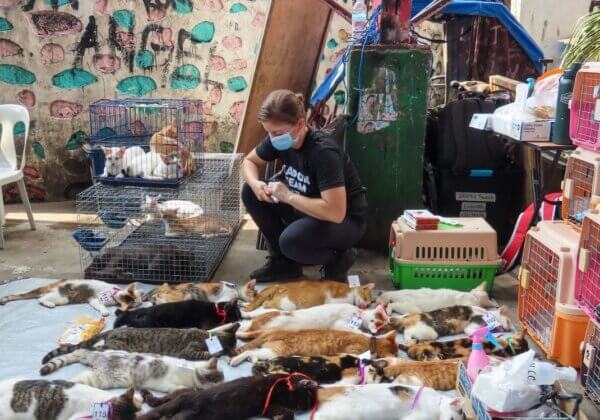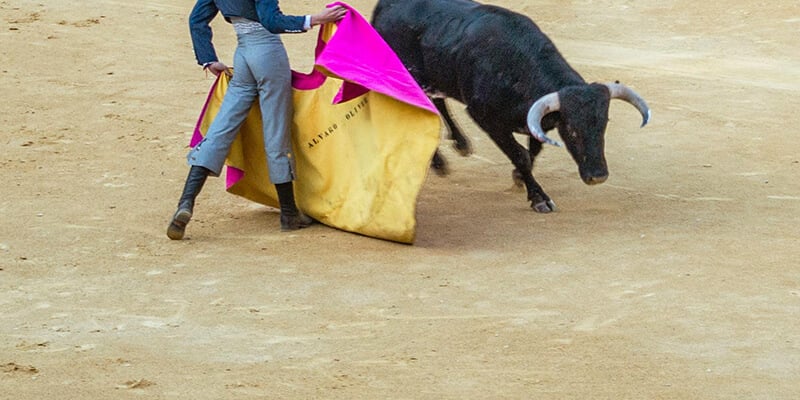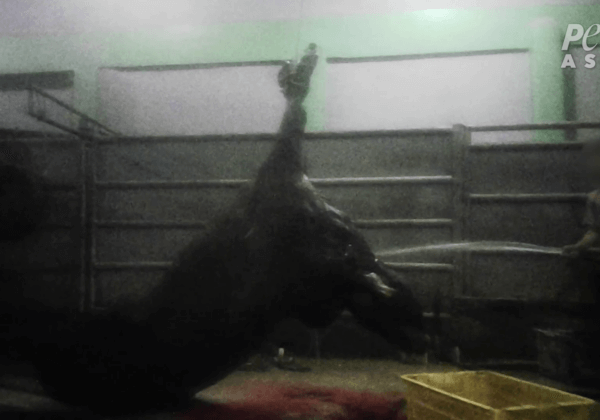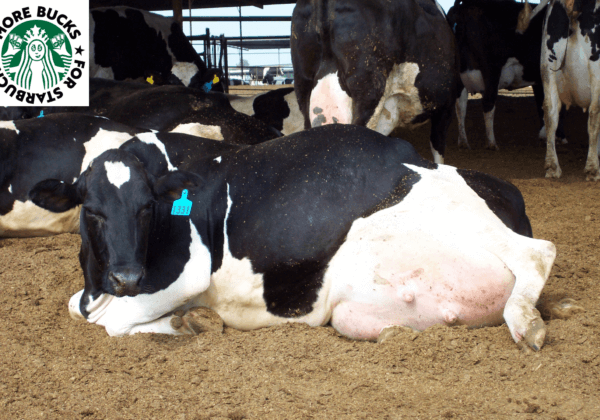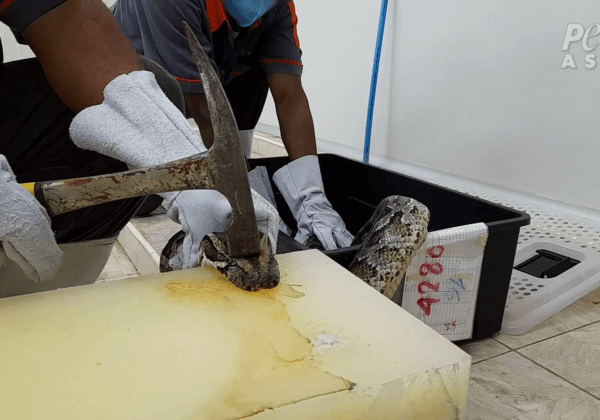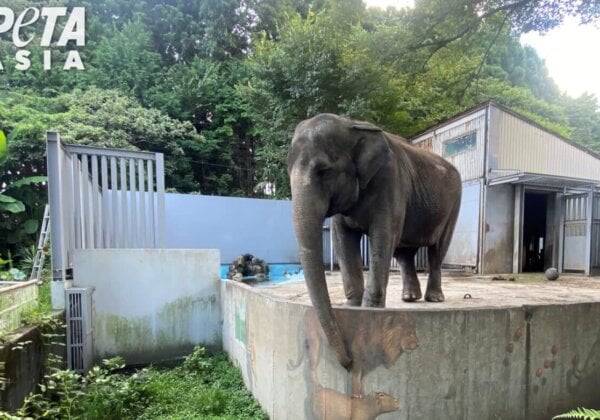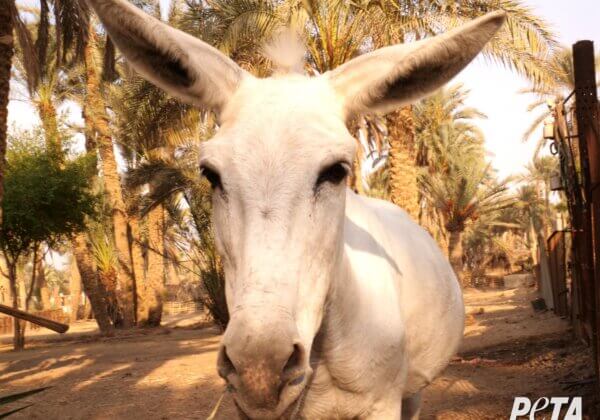Start Pups Off on the Right Paw With Positive Training
 So you’ve got a new puppy? Hopefully you chose to adopt from a shelter, and if so, you’ve saved a life, so congratulations!
So you’ve got a new puppy? Hopefully you chose to adopt from a shelter, and if so, you’ve saved a life, so congratulations!
But please don’t think that just by adopting a puppy, your work is done. Now you are responsible for giving your new animal companion a happy, healthy life.
A well-trained puppy grows into a happy dog, and you can start training when your pup is 8 weeks old! In fact, it’s better to start this young, as puppies learn the most in their first months. Take your puppy to a training school that uses only positive, reward-based methods. If you can’t manage to go to a puppy class, then you should take the time to learn how to train your puppy at home.
First, let’s talk about types of training. Punishment is not acceptable in any form and won’t give you good results. Imagine getting up in the morning, having breakfast, going to work, going to the gym, then going home—and as you walk in the door, someone starts shouting, “No! Bad! Bad!” at you and maybe whacks you on the head. Do you think that you would know what you had done wrong? Do you think that it would leave you hurt and confused and maybe a little bit angry?
That’s how puppies feel about being punished. They don’t understand what they’ve done that we don’t like, and they won’t learn if they’re scared of us.
Positive reinforcement is a great way for puppies (or adult dogs) to learn. This doesn’t mean that every time they do something right, they get food! It means that we encourage them when they behave well―with a pat, a kind word, a toy, or a treat―and that bad behavior is ignored completely (this is the hard part!). You see, when dogs jump up at you or bark, they’re trying to get your attention. And when you shout or push them away, you’re giving them what they want, even though it’s negative attention. So ignore the bad, and reward the good.
If your puppy or dog behaves in a way that you are unable to ignore (such as jumping on the kitchen table or raiding the trash), give him or her a timeout with no further attention. Very bad behavior (chasing the cat, perhaps) can incur a timeout of up to one minute in a quiet room. And remember: Puppies can only learn if you are consistent, so everyone in your household must be willing to help reinforce this training. It’s very confusing if you don’t allow your puppy to do something but then someone else does!
Lastly, make sure that your puppy meets a lot of other people and dogs (once vaccinations are complete) and is exposed to many different situations while young. That way, he or she won’t be scared of these things later and will know how to behave calmly as an adult.
Click here for more tips on keeping your canine companion happy.
By Jason Baker

